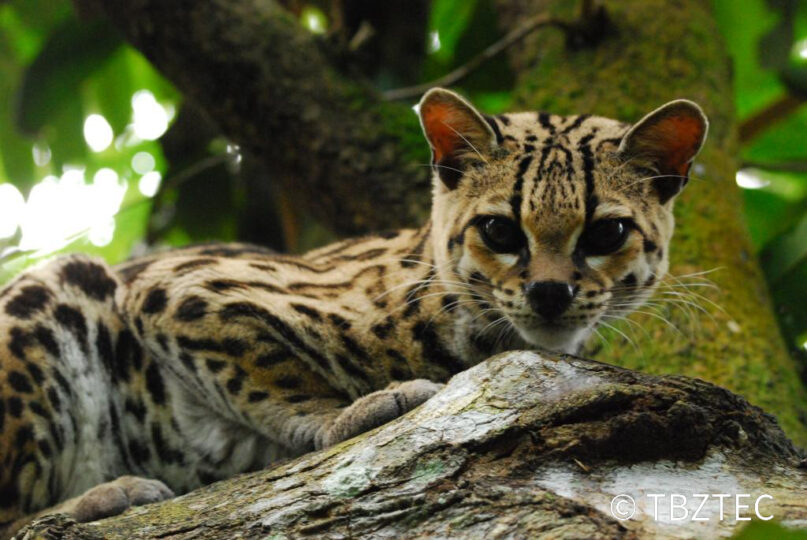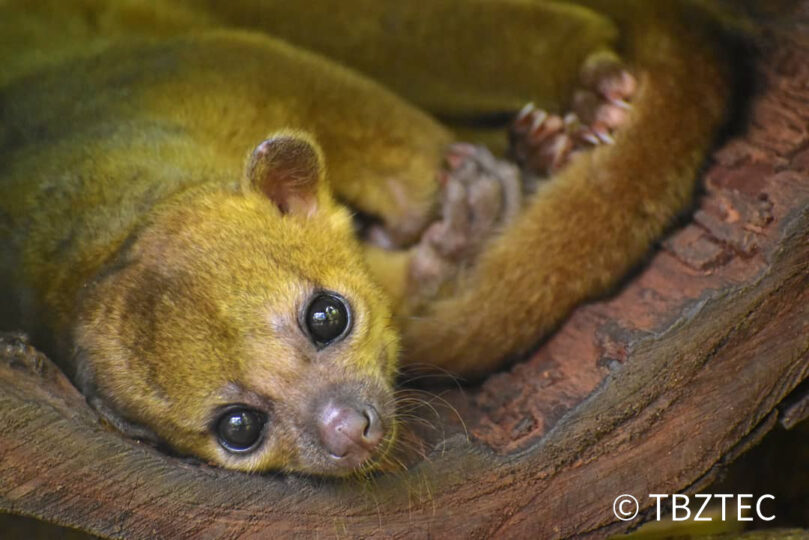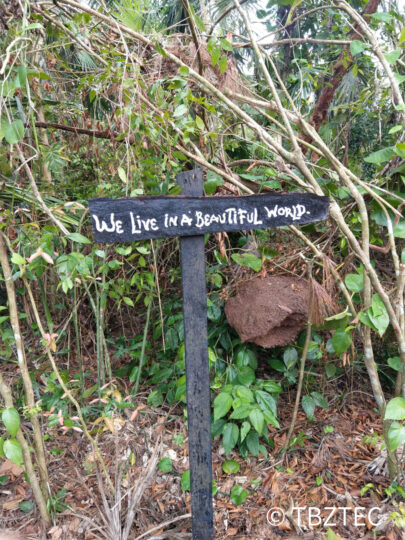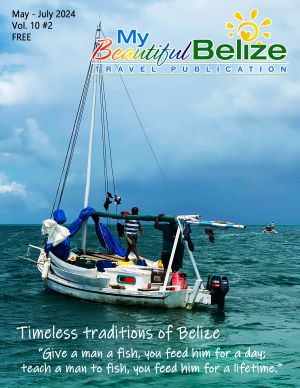Sharon Matola founded the Belize Zoo (TBZ) after caring for a handful of wild animals that had been part of a natural history documentary. In 1983, when the filming finished, she was left with these animals and decided to start a zoo. Over the next four decades, Sharon and her team transformed the backyard zoo into a world-renowned wildlife education center where visitors connect with Belize’s unique natural heritage: the animals. 
Some have captured the hearts and minds of multiple generations of visitors. April, the tapir, the zoo’s first and most famous animal ambassador, touched lives for 30 years through her annual birthday celebrations. She paved the way for future ambassadors, including Junior Buddy the jaguar, Panama, the harpy eagle, Rose the crocodile, and Neo, the river otter.
In keeping with its origins, all the animals at The Belize Zoo are rescued, confiscated from the illegal wildlife trade by law enforcement, transferred from other rehab facilities, or born there. Habitats are designed to reflect the animal’s natural settings and provide an immersive educational experience for thousands of Belizeans and international visitors annually. 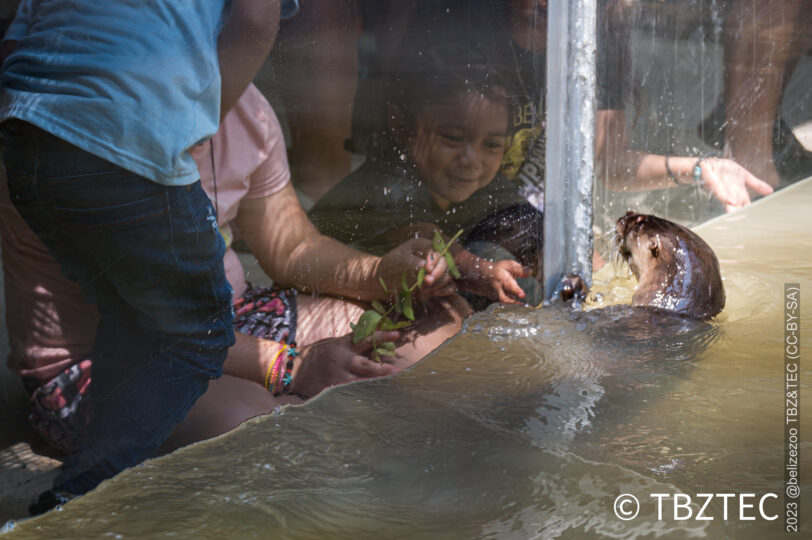
Students from all over Belize have enjoyed field trips to the zoo. For many, it is their first positive encounter with the fascinating wildlife of their country. The Education Department provides fun, hands-on activities for students while they learn about the animals. The zoo has delivered a range of engaging programs over the years, such as science fairs, animal birthday parties, and open days.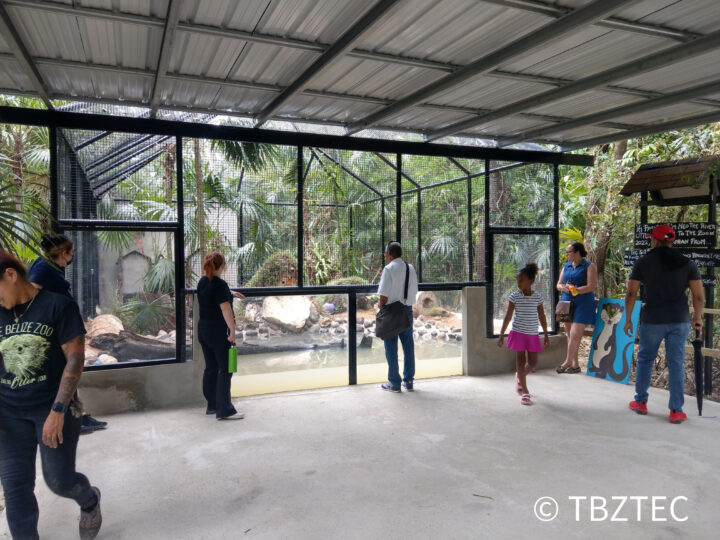
In seeking new ways to allow visitors to appreciate the natural world, the Tropical Education Center (TEC) was established in 1991 as an extension of the Belize Zoo. It accommodates a dining hall, library, lecture hall, and nature trails. The TEC provided some of the first naturalist training sessions for tour guides and professional seminars for primary school teachers. For over 25 years, it has hosted hundreds of Belizean teens in the longest-running conservation summer camp.
For schools unable to visit the zoo, outreach educational programs provided a solution in the early days, and the programs remain a pillar of TBZTEC’s education strategy, concentrating on current environmental issues or a species-focused approach to help reduce human-wildlife conflict.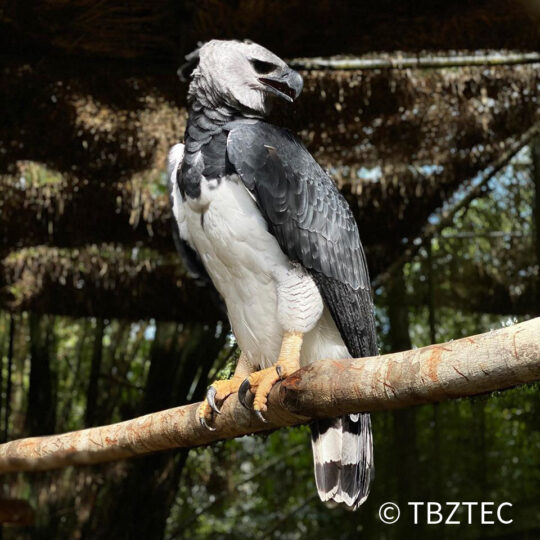
As Belize’s oldest wildlife rehabilitation facility, TBZTEC has provided veterinary care for a diversity of wildlife and supported the reintroduction of species such as harpy eagles, jaguars, jabiru storks, howler monkeys, silky anteaters, barn owls, and Morelet’s crocodiles.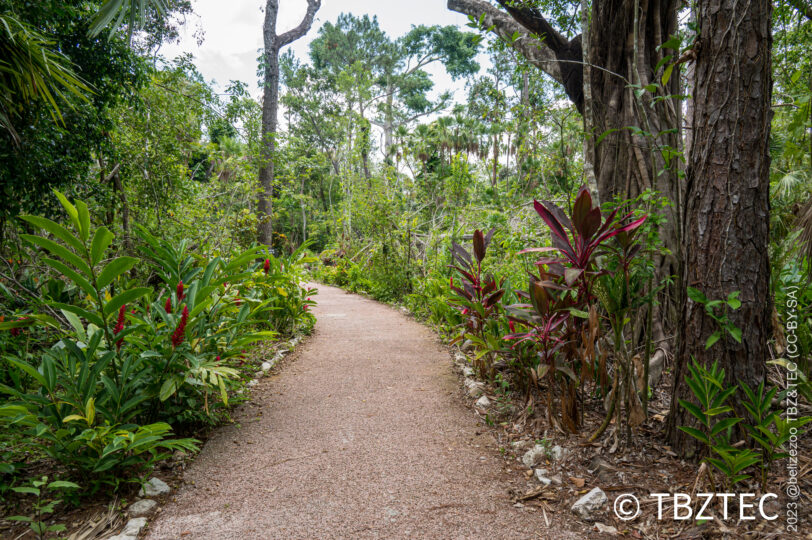
Part of TBZTEC’s mission is to protect Belize’s wildlife and their habitats. In recent years, TBZTEC has focused on strengthening landscape conservation work in the Maya Forest Corridor. This last connection between Belize’s most significant forest blocks allows the free movement of wildlife, reducing human-wildlife conflict. 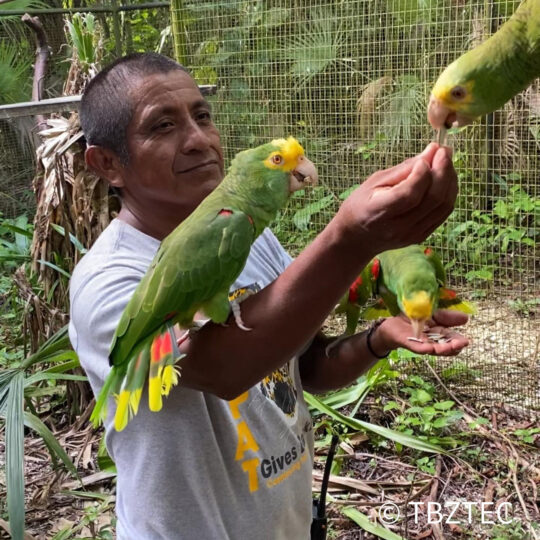
The future of the Belize Zoo and Tropical Education Center lies in building bridges to connect people and wildlife in the hope that nature’s biodiversity and wild places are protected for generations to come.
——————————————————————————————————————————-
*The Belize Zoo and Tropical Education Center is a non-profit organization that cares for more than 160 animals representing 43 native species and employs over 40 Belizeans. Visit us at www.belizezoo.org to learn more.
Submitted by
Jamal Andrewin-Bohn
Conservation Program Manager
The Belize Zoo & Tropical Education Center


